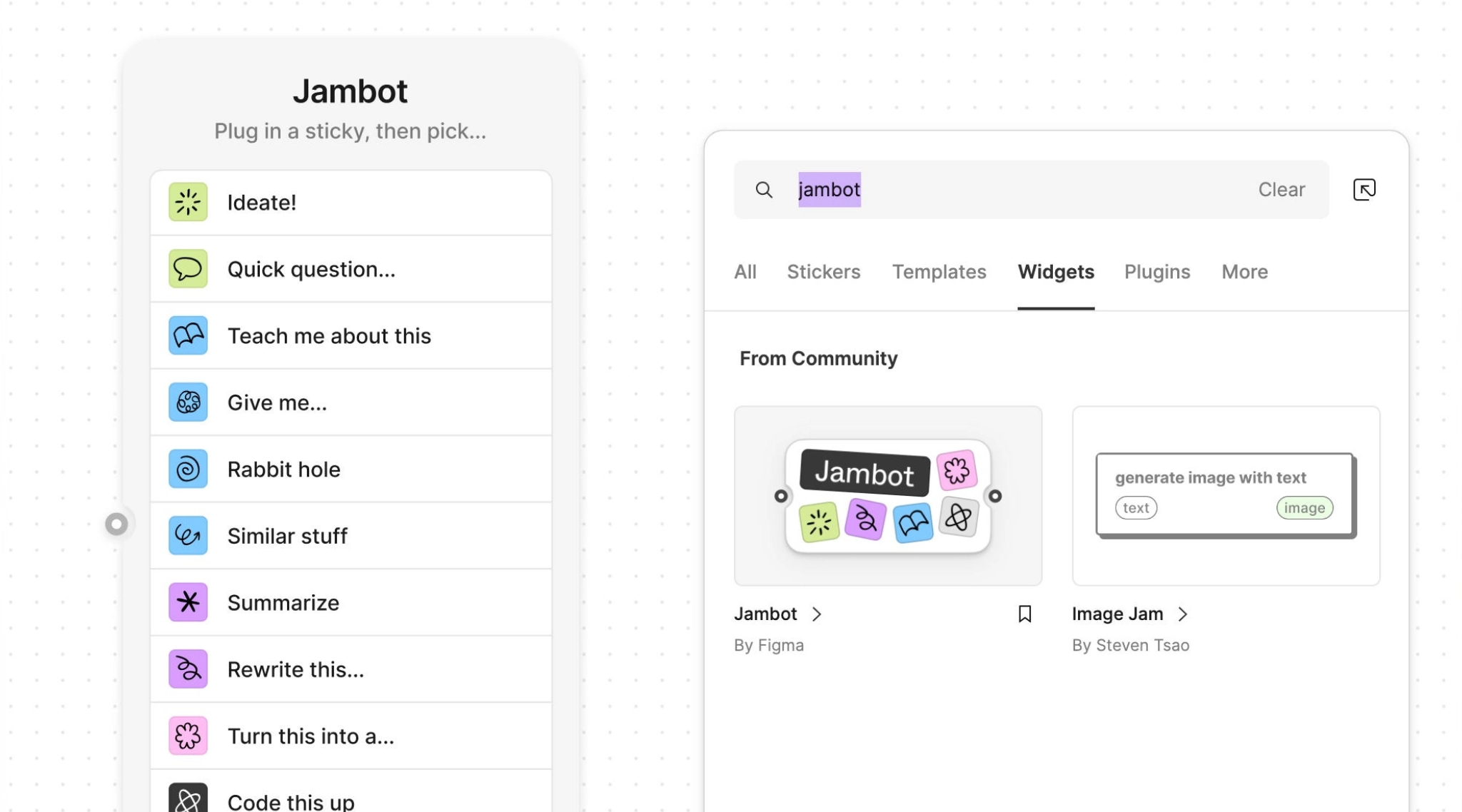
Figma + Artefact
AI Product Research
OVERVIEW
Client
Figma
Product Type
Web Application
Project Duration
12 weeks
Role
Design Researcher
Approach
Discovery Research
Tools
Dovetail, Figma, Miro, Excel
Methods
Behavioral Observations, In-depth Interviews
Visit Figma for the full report